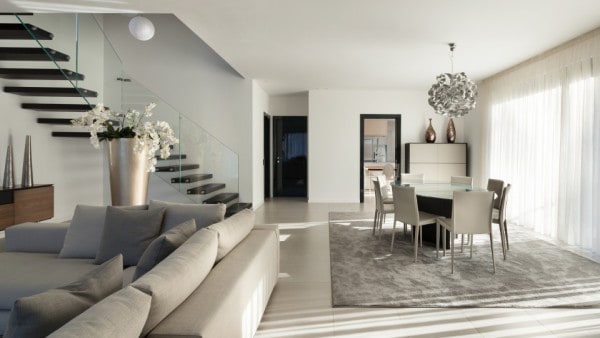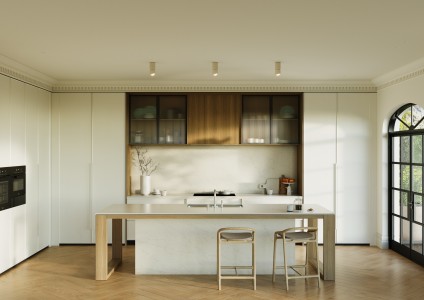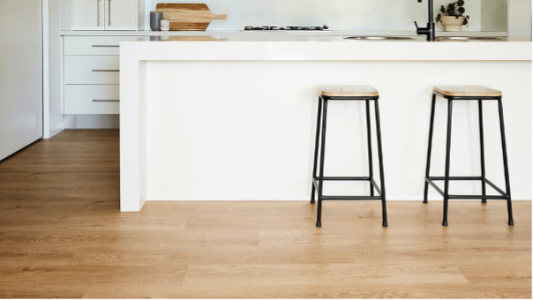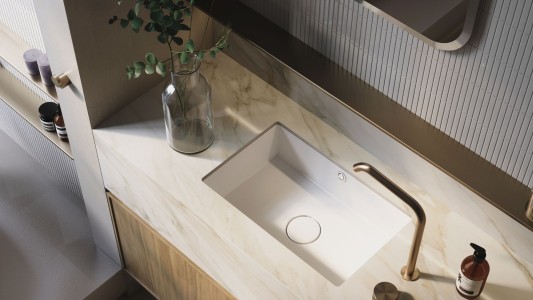Planning for Energy Efficient Homes
Planning for Energy Efficient Homes
Story supplied by Great Living Homes
Thermal efficiency is influenced by many factors including draughts, shading of the home, quality of window glazing, the home’s insulation, and the height of the ceiling. The best time to consider the impacts on thermal and energy efficiency is prior to building a new home.
For those in the preparation stage of building a new home, some things you should consider during planning and design include:
Orientation
This is the way the home is situated on the land. For thermal efficiency bedrooms should be positioned on the southern side of the home so they are cooler, providing a better sleeping environment. Living areas should be north-facing to catch the sunlight for the longest part of the day.
Landscaping and Trees
Strategic placement of trees can provide shading to the home. Trees and shrubs can be used to block out morning and afternoon sunlight on the eastern and western sides of your home. Landscaping can be used to maximise the breeze coming through your home. For example, a cleverly situated swimming pool can enable effective cooling as the result of air passing over the water. Water-wise landscaping also contributes greatly to the reduction of water and energy usage in the home.
Zoning
This means grouping rooms of similar uses together. By grouping rooms into zones, you can allow for more efficient heating and cooling throughout the home.
Glass
Using too much glass in the construction of your home reduces your ability to keep the cool air inside in summer and the warm air inside in winter. Windows can also be positioned to maximise ventilation of the home using natural breezes.
Roof materials
The materials used to build your roof can have a big impact on the internal temperature of your home. Metal roof sheeting is effective in reflecting sunlight, therefore cooling the internal temperature. Solid materials like brick, concrete and stone can absorb and store heat during winter.
Colour
Something as simple as the colour of the exterior of the home can impact the internal temperature too. To maintain a cooler interior you should use light colours on the roof and exterior walls of the home to reflect the heat.
Ventilation and Insulation
The insulation used in your ceiling, walls, and underneath your floors is pivotal in providing year-round comfort inside your home. It also assists in keeping heating and cooling costs down. Establishing good ceiling ventilation enables you to keep the temperature in your roof down, thus reducing the need for air conditioning. Using pelmets, curtains, and blinds can also improve the insulation of your windows.
Paving
Paving underneath north-facing windows causes heat to be reflected into the house, so the addition of a pergola in these areas can help to provide more shade and reduce the impact of reflected heat.
Lighting
The orientation of your home to receive more natural light reduces the cost of using electricity, but also the type of bulbs used to light the home is perhaps the best way of decreasing your energy bills. LED lighting is more expensive to buy however it lasts around three times longer than fluorescents and can save just as much energy. With technology always improving, the cost to buy LED globes will become cheaper.
Solar Power
By installing solar panels to generate your own power, you can dramatically reduce energy costs in your home. However, it is essential that the solar panels are placed where they can receive the maximum amount of sunlight.
To determine the thermal efficiency of your current home or learn how you can improve its energy usage, seek an expert opinion. If you’re a new home builder looking to create an energy efficient home, discuss your options with your builder before the construction process begins.



